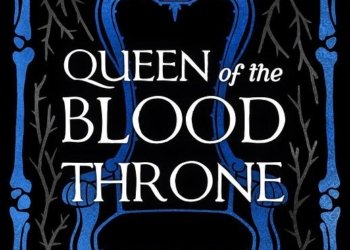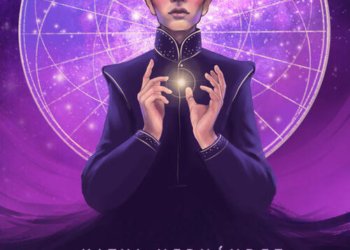No products in the cart.
Rosencrantz and Guildenstern Are Dead by Tom Stoppard
Two minor characters from Shakespeare’s “Hamlet” appear in Tom Stoppard’s comedy Rosencrantz and Guildenstern Are Dead. After reading the piece, I must admit that I’m amazed it wasn’t a requirement for university reading. It seems necessary to bring up Rosencrantz and Guildenstern Are Dead in relation to the great playwright after taking every Shakespearean topic class Eastern Michigan University has to offer.
The play by Tom Stoppard, which had its premiere in Edinburgh in 1966, offers a fascinating look at a classic through the perspective of Hamlet’s childhood friends who the monarch sent to Denmark to keep tabs on Hamlet and share inside information. They are aware of the events in “Hamlet” in Rosencrantz and Guildenstern Are Dead, and they are perplexed by the fragments they see mixed in with the original work. They communicate with The Player, the head of a travelling troupe of actors, when not actively taking part in the action.
According to experts, Rosencrantz and Guildenstern are really two aspects of the same person. They certainly contrast one another. Rosencrantz is naïve and trustworthy. Guildenstern is cunning and thinks strategically. Each serves as a clever counterbalance to the other. Reading about their rapid byplay is enjoyable. Some readers might find the play format difficult, however even without the direction lines, each player has a distinct character and is simple to tune to the reader’s ear. The characteristics are obvious in many of the serious philosophical talks. The group is led by Guildenstern, and Rosencrantz is frequently sidelined and preoccupied.
I’ve seen the 1990 movie adaptation of the play with Richard Dreyfuss as “The Player,” Tim Roth as Guildenstern, and Gary Oldman as Rosencrantz. Because of the excellent acting, watching the movie is preferable to reading the book. Particularly when acting as a comic foil, Gary Oldman adds a degree of craziness that is difficult to convey in writing. It’s tough to imagine anyone else performing the roles as brilliantly as Oldman and Roth do in just a few of the sequences together.
It won’t make sense to readers who haven’t read “Hamlet.” Tom Stoppard became a star when the play debuted, and for good cause. It is an excellent remark that coexists with a great work but is dependent on it to function. The characters are minor participants who are lost in the play’s ether. The reference to the classics made in the present day while embracing new principles and still respecting the original work’s soul is what this reader finds most fascinating.
About The Book
Acclaimed as a modern dramatic masterpiece, Rosencrantz & Guildenstern are Dead is the fabulously inventive tale of Hamlet as told from the worm’s-eve view of the bewildered Rosencrantz and Guildenstern, two minor characters in Shakespeare’s play.
In Tom Stoppard’s best-known work, this Shakespearean Laurel and Hardy finally get a chance to take the lead role, but do so in a world where echoes of Waiting for Godot resound, where reality and illusion intermix, and where fate leads our two heroes to a tragic but inevitable end.
Tom Stoppard was catapulted into the front ranks of modem playwrights overnight when Rosencrantz and Guildenstern Are Dead opened in London in 1967. Its subsequent run in New York brought it the same enthusiastic acclaim, and the play has since been performed numerous times in the major theatrical centers of the world.
It has won top honors for play and playwright in a poll of London Theater critics, and in its printed form it was chosen one of the “Notable Books of 1967” by the American Library Association.
The Review
Rosencrantz and Guildenstern Are Dead
10 Score
From the uncomparable genius of Tom Stoppard comes a quotable masterpiece about two friends lost in someone else's story. While the rest of Shakespeare's characters remain true to their original script, Ros and Guil step out of the box to explore a variety of topics ranging from the metaphysical to the downright comical. As the title suggests, the story is, ultimately, a tradegy -- but as the reader gets to know the two stars, it becomes a tragedy on multiple levels. One feels that their deaths are preordained, and even the moments of sidesplitting hilarity are laced with the bittersweet knowledge that it WILL end. The story is made still more touching as the characters' early realization of their fate battles with their unquenchable hope. Stoppard has captured in Rosencrantz and Guildenstern a sense of innocence that endures despite the chaos around them in a world where it seems even the laws of physics have suddenly ceased to apply. A perfect mixture of comedy and tragedy with a philosophical overtone attainable only by Stoppard, this is a play you will want to read, re-read, and act out with your friends in daily conversations.
PROS
- A Fine Persecution.
- Masterfully Written.
- Great Tragedy.
- Interesting Exchanges.
CONS
- Awful Presentation.
- Dull & Boring.
- Grossly Overrated.
- Riddled With Errors.











